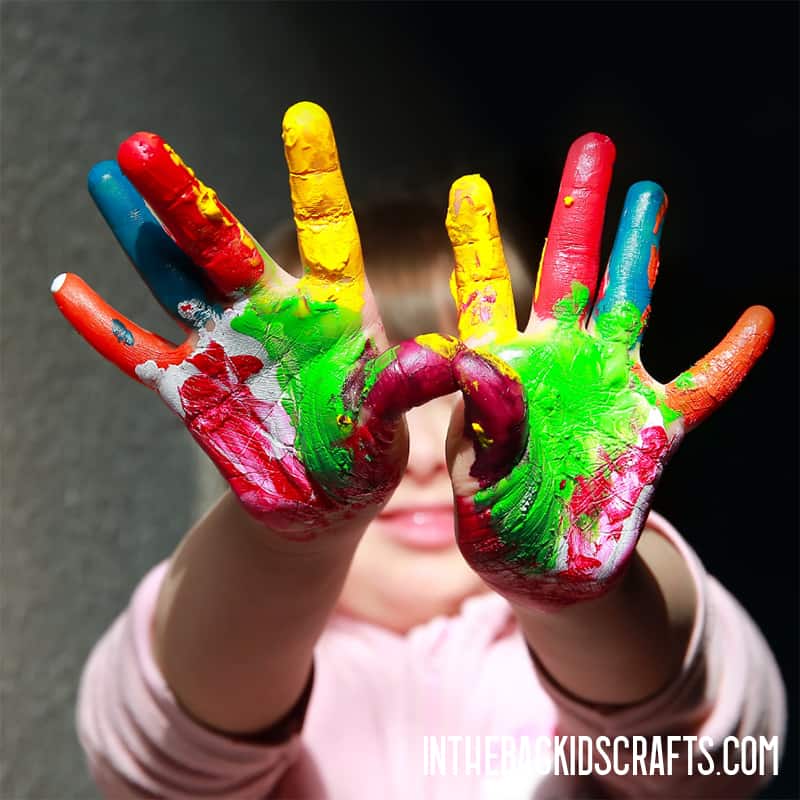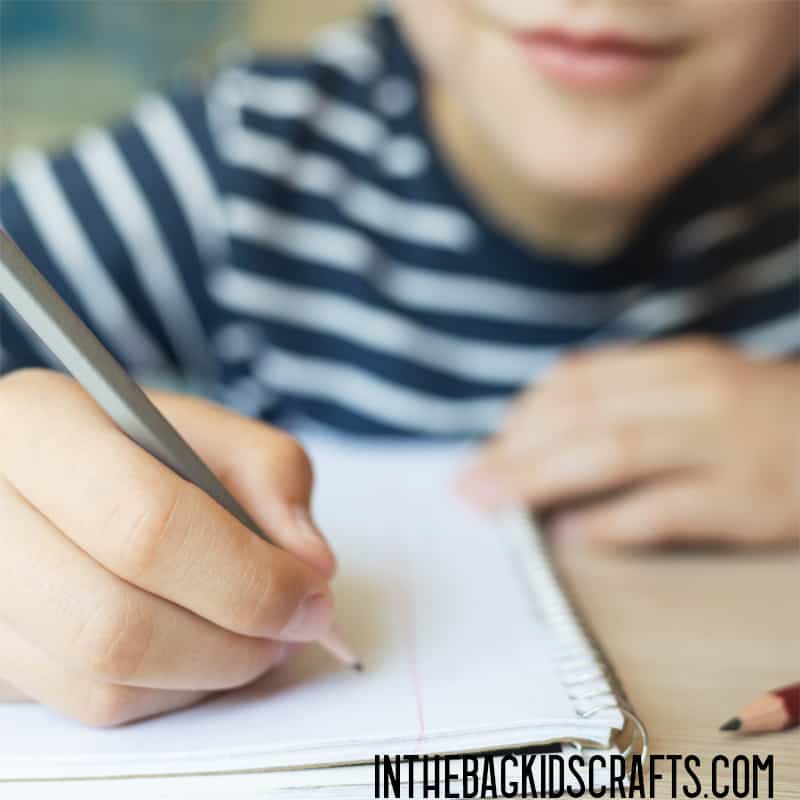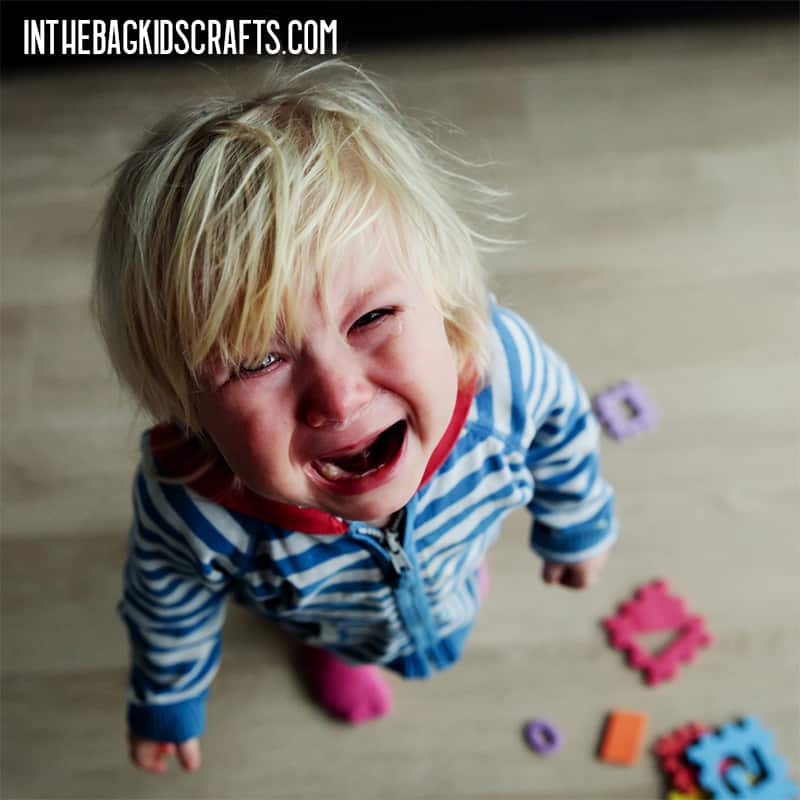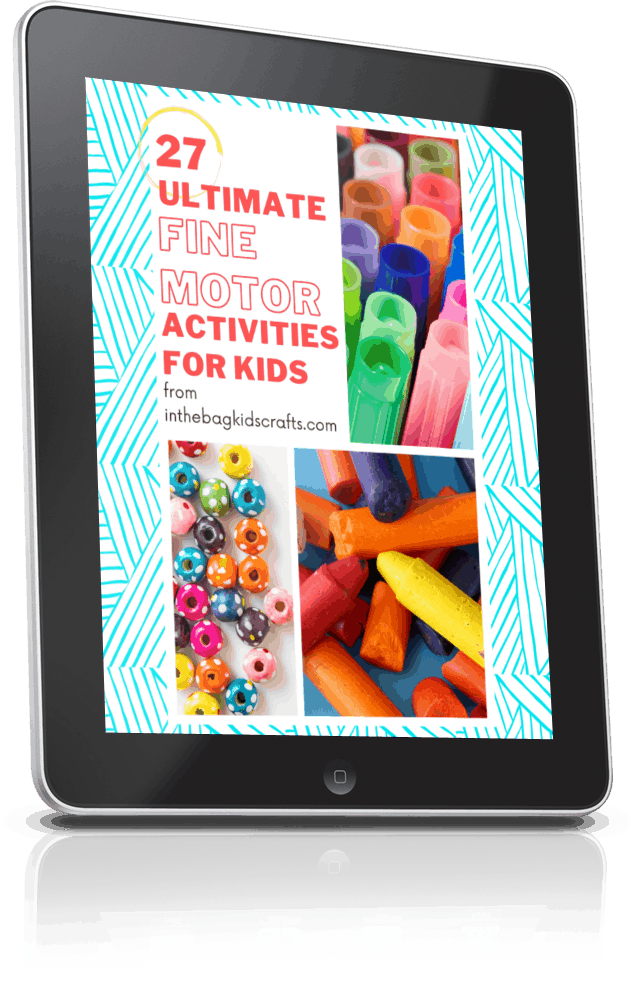The Importance of Fine Motor Skills {what you should know}
The Importance of Fine Motor Skills
You may not realize the importance of fine motor skills for your little ones and how challenging every day activities can be when those skills are not functioning at 100%. Take the next 5 minutes and go about your business, paying attention to how many times you use your hands and wrists to complete a task. It’s astounding, isn’t it? Our hands are absolutely integral to almost every activity we do throughout the day (as I sit here typing so that you can read this article later).
Fine motor skills are essential to so many functions that kiddos are expected to do every day, both at home and in school. And when they aren’t working properly, you may see frustration and even tears. Life is just that much harder. Children that are still developing language skills may not be able to tell you what’s wrong. Instead they may act out or have “tantrums”. But at the root of that behavior, is a need to improve their fine motor skills so that they can become more independent.
What are Fine Motor Skills

So, what are fine motor skills anyway? Well, that’s a great question. When we talk about fine motor skills in, we are referring to the movements of the small muscles of the hand and wrist. This is different than the bigger (gross motor) muscles of the body, like hamstrings or pecs.
Did you know that your hand consists of 27 bones, 27 joints, 34 muscles, over 100 ligaments and tendons, and many blood vessels and nerves? I mean, that is a whole lot going on. Not only do each of these mechanisms need to be strong and working properly, but they also need to coordinate together efficiently. And, that is just one hand. We haven’t even begun to talk about using the hands together.
Fine Motor Skills Examples
Now what happens if fine motor skills are lacking? Here are just a few of the tasks that kiddos perform on a daily basis that could be affected:
- Brushing teeth
- Manipulating clothing fasteners
- Eating with utensils
- Picking up small items
- Color/writing/drawing
- Using scissors
- Playing games
- Lacing
- Independently using the bathroom
- Pointing
- Pressing buttons
- Turning lights on and off
- Playing with toys
- Building with blocks
- And so much more!!!
Of course, the big ones that we think about for success in school are the ability to use a pencil and cutting with scissors. We have developed some resources to help you with these skills in the form of courses. You may be interested in our FREE mini course on how to improve pencil grasp or the digital course on promoting “Scissor Success”.
Fine Motor Skills Milestones

Let’s talk a little bit about the expectations for fine motor skills…the fine motor skills milestones. There are certain ages at which children are expected to obtain skills. However, as you look at this chart, I want you to keep in mind that it is not written in stone. Children to grow and progress and different paces. This is a guidelines that may help you see if your child is significantly behind and if you have any reason for concern. If your child is beginning to miss developmental milestones, it is better to know sooner than later so that it can be addressed properly.
| Age | Fine Motor Skills Development |
| 1 to 2 years | Stacks 3 blocks Scribbles Turns knobs Brings spoon to mouth Eats finger foods independently |
| 2 to 3 years | Turns pages of a book Eats without assistance Snips with scissors Holds crayon with fingers (not in palm) Imitates lines |
| 3 to 4 years | Stacks 9 blocks Imitates a circle and cross Manipulates play dough Unbutton large buttons |
| 4 to 5 years | Pull up a zipper once it’s started Dresses and undresses independently Cuts on a line Writes name |
| 5 to 6 years | Ties shoes Cuts simple shapes Uses a 3 finger grasp Draws basic pictures |
| 6 to 7 years | Forms most letters and numbers Builds with legos, etc. Writes on a line consistently Demonstrates mature pencil grasp Manages lunch items |
Difficulty with Fine Motor Skills

Little ones, especially in today’s age of kids being on technology a whole lot earlier than in past generations, often need some activities to help promote fine motor coordination to make sure that they are on track. In the therapy world, we sometimes refer to these kiddos as “ipad babies”. Parents are often amazed at how their child can manage the ipad, but moving from screen to screen or pressing buttons is not a high level skill. If you look closely, they often doing this with their entire hand instead of with more refined movement.
It has become more common that kids coming into preschool and kindergarten have increased difficulty with fine motor skills, often due to lack of exposure to more complex fine motor tasks. So, teachers and parents need to take extra steps to get these skills back on track to ensure success and independence in the future.
How to Improve Fine Motor Skills
So now that you know the importance of fine motor skills, what is the answer for how to improve those skills? First, let me tell you what it’s not…It’s not pushing a child to do a task over and over again with the same failed result. Yes, practice is definitely needed. Just like with anything else, if you want to get better you need to practice. But children are not little adults and do not learn the same ways. Practice can easily be integrated into your child’s daily tasks…especially through PLAY!
Studies show that children learn best when presented with a challenge through play. Keep it fun! Our new fine motor activities ebook was created with this in mind. It is not just a book of crafts (though you will get lots of ideas for crafts to promote fine motor skills), but it also includes tons of ideas for improving fine motor skills using the items in your craft bag for play opportunities. And each tip and trick takes little to no set up or expensive extras. Just use the things that you already have on hand.

Fine Motor Skills Activities
Like we talked about before, the best activities for developing fine motor skills are ones that happen through play. Things like playing with play dough, building with blocks or lacing beads onto a string are prime examples. You could also add sensory activities. Try water play, building in a sandbox or creating a sensory bin with small items to manipulate. The possibilities are really endless.
In our new fine motor activities ebook, we give you lots of craft ideas that really focus on fine motor skills. Each chapter also starts with some ideas for using or adapting what you already have to increase your child’s independence. For example, did you know that they best way to paint with a q-tip is to break it in half so that a child is more likely to hold it with a fingertip grasp instead in their fist? This is just one of the little tidbits of tried and proven strategies that you will learn.
Some of the bonuses for the new fine motor activities ebook are even fun and simple exercises for you to do with your kiddos to improve fine motor dexterity.
And did I mention that this book was designed by a pediatric occupational therapist? She has had years of experience improving fine motor skills in children. Plus she has had the opportunity to perfect techniques and create strategies that really work.
Here are a few of our favorite crafts for promoting fine motor skills:
So, Now What?
I know that you now have an understanding of the importance of fine motor skills. Really, they are central to most things that we do throughout our day. When they are on the fritz, kids struggle. Maybe red flags have come up for you throughout this article. Do you have concerns that your child is not on track with fine motor tasks? You may be asking…now what?
First of all, start practicing every day with your child. Remember to keep it fun and incorporate the practice with play.
But if this is not doing enough to move the needle, and you still have concerns…call an occupational therapist. Talk to your pediatrician and arrange for an evaluation from an OT. It couldn’t hurt, and it may just give your child the boost that he/she needs to succeed in this area. Here is a helpful article on what to expect from a pediatric occupational therapy evaluation.